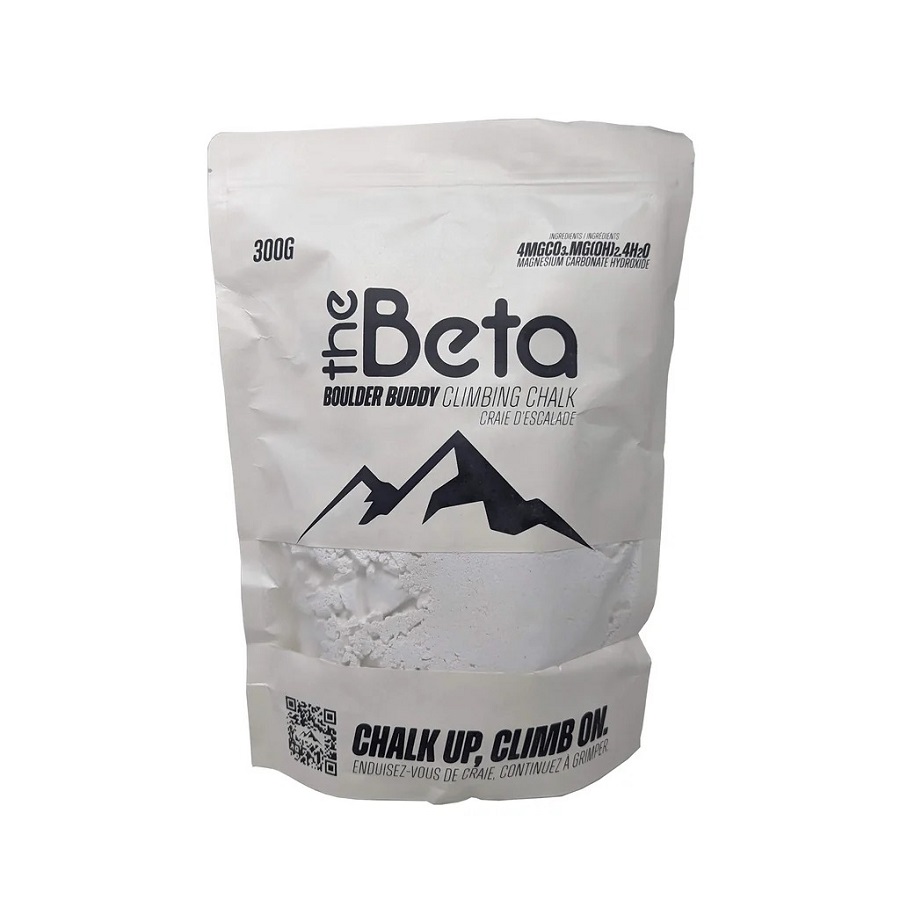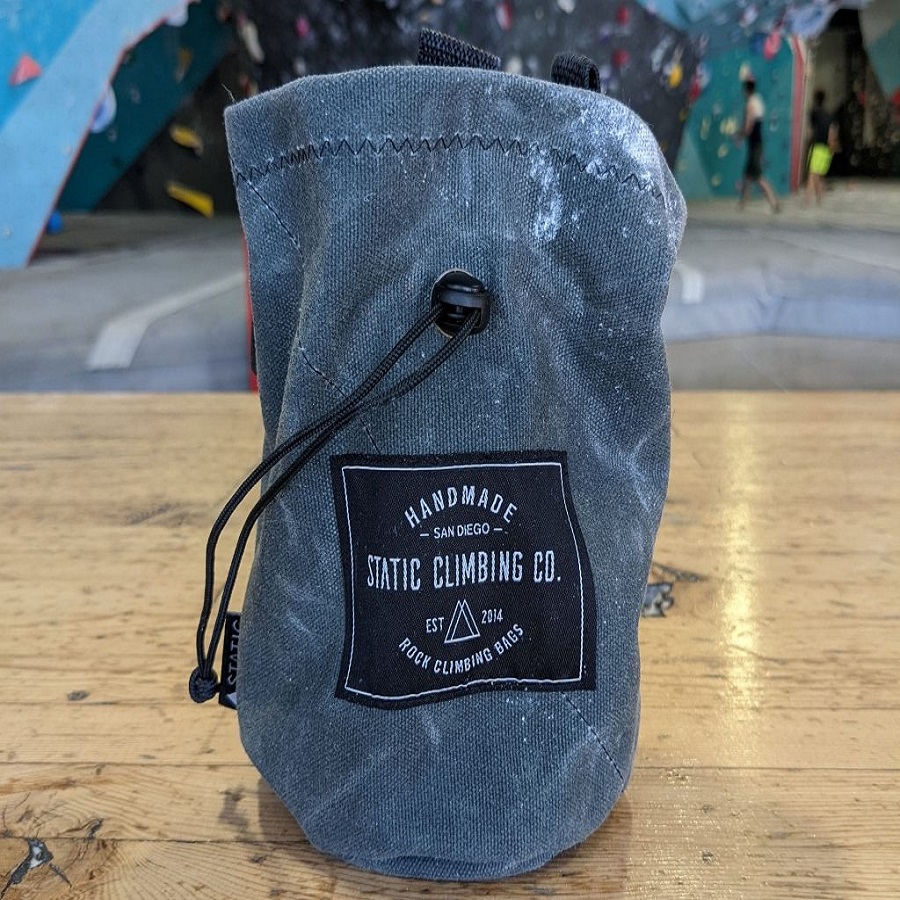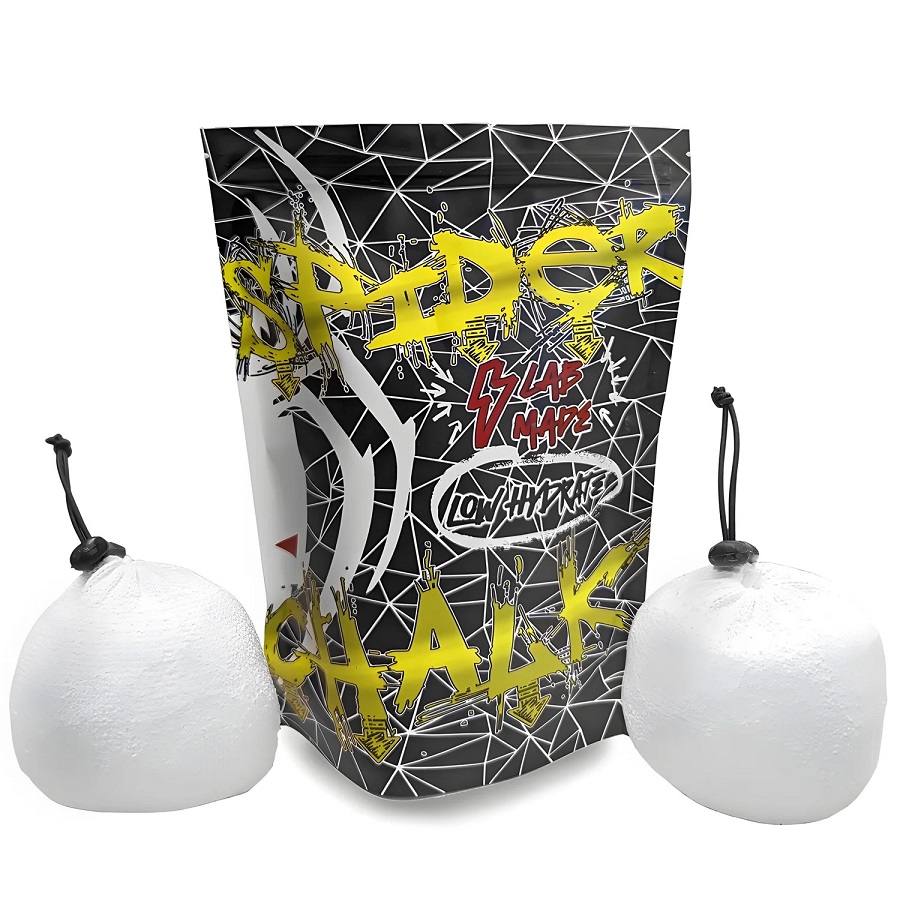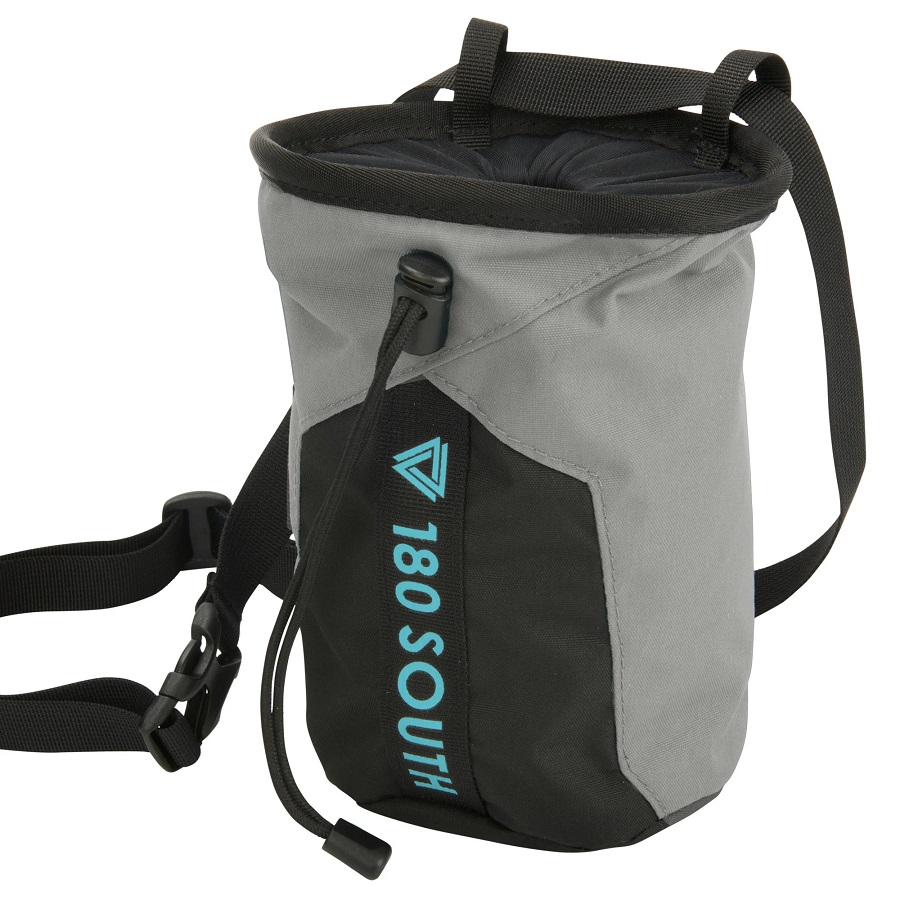Introduction to Rock Climbing Chalk
Rock climbing chalk is vital for grip and safety. Whether scaling indoor walls or outdoor crags, climbers rely on this essential tool to reduce moisture on their hands. Sweat can compromise a climber’s hold, leading to slips. Chalk absorbs this sweat, providing the friction needed for a solid grip on the rock face.

Types of Climbing Chalk
When browsing for rock climbing chalk, you’ll discover three main types. Each serves unique preferences and situations. Knowing the differences is key to choosing the best fit for your climb.
Loose Chalk
Loose chalk is the most common and versatile form. Climbers pour it into their chalk bags. It allows for easy hand coating and provides quick moisture absorption. This type of rock climbing chalk suits those who prefer a hands-on approach. They can adjust the amount of chalk to their liking.
Chalk Balls
Chalk balls are mesh sacks filled with chalk. They offer a controlled release of chalk, reducing waste and airborne dust. Ideal for gyms and climbers mindful of mess, chalk balls minimize environmental impact. They are also a good choice for climbers who need a consistent application.
Liquid Chalk
Liquid chalk is a cream or gel that contains alcohol and chalk. You apply it to your hands, and it dries quickly, leaving a chalk layer. It’s less messy and lasts longer, perfect for humid conditions. Those with sweaty hands or in regions with high moisture often favor liquid chalk.
Benefits of Using Rock Climbing Chalk
Climbers use rock climbing chalk to improve their performance. Here are several key benefits that chalk can provide:
- Enhances Grip: Chalk absorbs sweat, allowing for a better grip on holds. This can be crucial during crucial moves and long climbs.
- Reduces Slippage: A secure grip reduces the risk of slipping. This not only aids in performance but also increases safety.
- Boosts Confidence: Knowing that your hands are less likely to slip can boost your confidence. Confident climbers tend to perform better.
- Prolongs Endurance: By minimizing the effort it takes to hold on, chalk can help conserve energy. This is vital for long or difficult climbs.
- Keeps Hands Dry: Chalk helps keep the hands dry for longer periods, which is especially useful in humid or sweaty conditions.
Using rock climbing chalk can make a significant difference in climbing efficiency and safety. However, it’s important to know the right type and how to use it properly, which we will cover further on.

How to Choose the Right Climbing Chalk
Selecting the ideal rock climbing chalk involves several factors. These include composition, texture, grip, and climate suitability. Below we’ll delve into what climbers should consider to make an informed choice before their next ascent.
Composition and Purity
Rock climbing chalk mainly consists of magnesium carbonate. High purity levels offer better sweat absorption. Chalks with additives may enhance performance or skin health. Choose a chalk with minimal impurities for optimal grip.
Texture and Grip
Chalk texture affects the grip. Fine powders may feel smoother but less grippy. Coarser chalk provides increased friction but might feel rougher. Test different textures to find your perfect balance between comfort and control.
Climate and Conditions Suitability
The right rock climbing chalk also depends on the climate. In humid conditions, liquid chalk can be a game-changer. It resists moisture longer than powder forms. For dry environments, loose chalk might suffice. Assess the typical conditions you climb in and pick accordingly.
Proper Usage of Climbing Chalk
To maximize benefits, it’s important to apply rock climbing chalk correctly. Effective use enhances grip and conserves chalk.
Application Techniques
To apply loose chalk, reach into your chalk bag and roll the chalk between your hands. Coat evenly, covering all areas likely to touch the rock. For chalk balls, squeeze gently to release the chalk, then rub your hands. This provides a controlled layer without excess. Liquid chalk needs spreading on the hands. Wait for it to dry, which should take a few seconds, forming a consistent coat.
Remember not to overdo it. Too much chalk can build up and reduce friction. Tap off any excess to ensure a thin, effective layer is all that remains on your hands.
Chalk Bag Selection and Use
Choosing the right chalk bag is key. A good bag should be easily accessible and close the body. This means less fumbling during a climb. The bag should also have a secure closure to prevent spills. When using, attach the bag around your waist or onto your harness.
During climbs, only reach in for chalk when necessary. This saves time and keeps you focused on the climb. Make sure the opening is just wide enough to dip your hand. After use, always close the bag to avoid losing chalk.
Climbing Chalk and Skin Care
While rock climbing chalk is essential for a secure grip, it can lead to dry hands. Regular climbers know the problem of chalk drying out their skin. This is where proper skin care steps in. It’s important to keep the skin on your hands in good condition.
Preventing Dryness and Cracks
To prevent dryness and cracks, use the following tips:
- Moisturize Regularly: Apply a moisturizer after climbing to replenish your skin’s moisture.
- Limit Chalk Use: Use only as much chalk as needed. Excess may lead to over-drying.
- Wash Hands After Climbing: This removes the chalk, which can dry out skin.
- Use a Hand Salve: A quality hand salve for climbers can heal and protect skin.
By taking these steps, you can minimize skin damage while still reaping the benefits of chalk.
After-Climb Care
Taking care of your hands after climbing is crucial. Here’s what you can do:
- Cleanse Gently: Use a mild soap to avoid stripping natural oils from your skin.
- Rehydrate Skin: Drink plenty of water and use a heavy-duty moisturizer.
- Patch Any Tears or Cuts: Use climbing tape or bandages to protect any skin damage.
After-climb care is vital for long-term hand health. It supports your climbing performance by keeping your hands in top condition.

Environmental Considerations and Best Practices
As climbers, we bear a responsibility towards the environments we enjoy. The impact of rock climbing chalk on nature is a critical aspect to consider. It’s important to select climbing chalk that aligns with environmental conservation. With the right practices, we can minimize our ecological footprint.
Biodegradable Options
Luckily, some companies provide biodegradable rock climbing chalk options. These products aim to reduce harm to the local ecology. They break down more naturally, without leaving a trace. When shopping for chalk, look for brands that prioritize eco-friendly products. Using biodegradable chalk is a step towards sustainable climbing.
Chalk Use Ethics
Using chalk responsibly also holds an ethical dimension. Avoid unnecessary use to reduce the amount of chalk left on rocks. Brush off excess chalk after climbs. This action respects the natural landscape and other climbers. Respect climbing areas by following guidelines and practicing Leave No Trace principles. It’s not just about the climb; it’s about preserving the spaces for future generations.
Environmental considerations and best practices for rock climbing chalk show our respect for nature. By choosing biodegradable options and upholding chalk use ethics, climbers contribute to the sport’s sustainable future.
Concluding Thoughts on Climbing Chalk Selection
Choosing the right rock climbing chalk is about more than just grip. It’s about finding the balance between performance, skin health, and the environment. As climbers, our choices echo in the ecosystems we cherish. Remember, the best chalk for you is the one that suits your climbing style and conditions.

